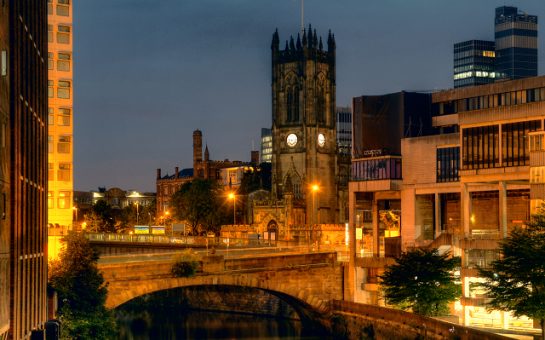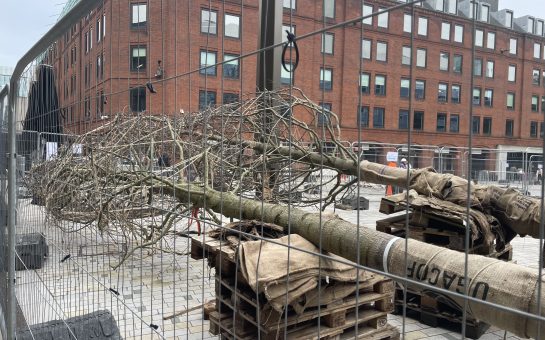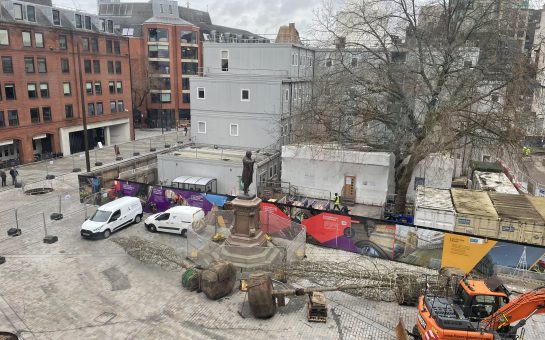“The devil’s darkness” hangs over Manchester, according to John Ruskin.
Despite his abhorrence for 19th century industrial Manchester with its smog and social injustice, it was here that the visionary thinker had his most lasting impact.
This summer, the city will celebrate the 200th birthday of the artist, writer and social reformer who paved the way for its Gothic tradition.
With neo-Gothic buildings such as John Rylands Library and the classical architecture of Manchester Cathedral, the Gothic mood still permeates the city. From the horrors of the cotton trade to the cholera epidemic, Manchester’s history is a bleak one.
There is certainly an appetite for its dark past with plenty of ghost tours, research and events celebrating the city’s underbelly.
The go-to place for all things Gothic is HAUNT Manchester – an online platform documenting the ‘dark histories and spooky secrets’ of the city. In June 2018, the site launched as a subsection of Visit Manchester to connect both the public with the alternative side of the city.
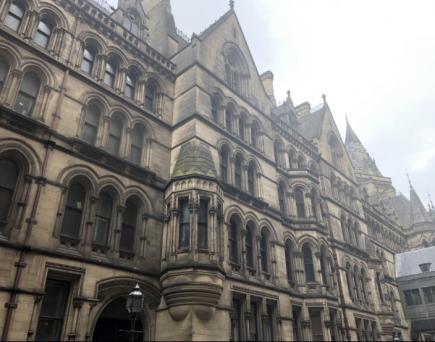
GOTHIC: Manchester Town Hall is a great example of gothic architecture
From nightlife to walking tours, the blog is driven by research from the Manchester Centre for Gothic Studies, Encountering Corpses and the Manchester Centre for Public History & Heritage.
“By engaging with the themes of the Gothic, and particularly the idea of ‘haunting,’ we can enrich our understanding of ‘modern’ Manchester, its people, and its history,” Emily Oldfield, Editor of HAUNT Manchester, said.
Inspired by cities such as Whitby, a top Gothic destination thanks to Bram Stoker’s Dracula, Dr Xavier Aldana Reyes had high hopes for Manchester’s Gothic reputation when he arrived at Manchester Metropolitan University in 2013.
“One of my ambitions was to make Manchester a Gothic mecca – a hub of thinking around the Gothic and its cultural importance that would be of interest not just to academics but to the general public,” Aldana Reyes, Reader in English Literature and Film at MMU, said.
“When we started digging a little deeper, we uncovered a wealth of writers who had set their horror and weird fiction in Manchester.”
Aldana Reyes is a founder of the Manchester Centre for Gothic Studies – the largest gathering of scholars in the world working on the Gothic, brought together by Dr Linnie Blake in 2013.
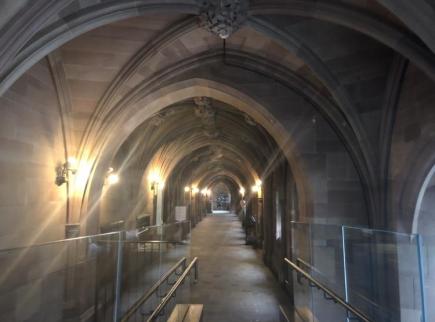
HISTORIC: The John Rylands Library on Deansgatw
In 2018, the 14th International Gothic Association Conference was held in Manchester, emphasising the city’s Gothic credentials. However, the main event on the Centre’s calendar is their annual Gothic Manchester Festival, which celebrates its seventh year this October.
“The festival was designed to combine our research with the tourist, creative and entertainment industries,” Aldana Reyes said.
The team have hosted everything from nighttime tours of Manchester Art Gallery to a queer Gothic-themed vogue ball.
“We hope that we are helping people reacquaint themselves with the city they live in and changing their conceptions about the relevance of the Gothic in contemporary times,” Aldana Reyes said.
“Our work has been consolidated by HAUNT Manchester – even the briefest browse of this magnificent platform reveals how far the tentacles of the Gothic reach out.”
From the grotesque to the fantastically weird, Manchester has plenty of urban legends. It was in Chetham’s Library that John Dee, an occultist and advisor to Queen Elizabeth I, purportedly summoned the devil. There is even a telltale burn mark on a table in the Audit Room, supposedly left by Satan’s hoof.
“The consideration of ‘haunted’ and ‘spooky’ content isn’t necessarily to see if ghosts are real – that’s a whole other issue – but the interest lies in the fascinating stories and perceptions of place they create,” Oldfield said.
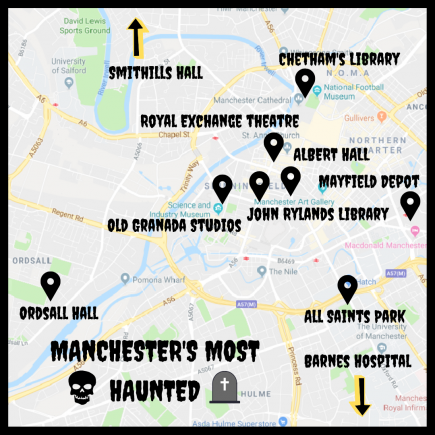
While the Gothic side of Manchester isn’t all about things that go bump in the night, the city has its fair share of supernatural sites.
Dating back to the 15th century, Ordsall Hall is home to some of Manchester’s most popular ghosts. The Salford manor is reportedly haunted by the ‘The White Lady,’ said to be the spirit of Lady Margaret Radclyffe, who died in 1599 following the death of her beloved brother.
The Grade I listed building has embraced its supernatural status – it runs frequent ghost tours and has a ‘ghost cam’ for the public to spy on resident spirits.
Haunted Happenings have been ghost hunting at Ordsall Hall for nearly 12 years, enabling paranormal enthusiasts to carry out experiments and vigils.
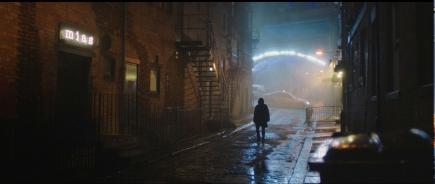
“Nearly everyone who has spent the night [at Ordsall Hall] has picked up on the ghostly activity – particularly in the kitchen, attic and Great Hall,” Hazel Ford, Managing Director at Haunted Happenings, said.
“Figures have been seen on the stairs – one person actually saw a fully armoured soldier standing there prior to its refurbishment. The attic has given us more than a few frights when we’ve heard disembodied footsteps on many occasions.”
Similar spooky happenings have been reported at Smithills Hall in Bolton. The charity Friends of Smithills Hall offer a tour of the historic venue, complete with ghost stories collected over the years.
“People have been living on the site since Anglo Saxon times and the people (and the buildings) have left their marks – both emotional or physical,” David Williams, Chairman of Friends of Smithills Hall, said.
“Guests see strange things, feel unexpected sensations and smell odours that shouldn’t be present. Many have photographs with orbs or movement which logically shouldn’t be there.”
It’s not just the architecture that has a spooky history – several of Manchester’s public parks are built on forgotten burial grounds. Victoria station was built on a mass paupers’ grave for victims of the cholera epidemic. All Saints Park, near Oxford Road, was a former Victorian Cemetery with an estimated 16,000 bodies underneath the surface.
Angel Meadow and St Michael’s Flags, a park near the Green Quarter, is another hidden-history favourite from the HAUNT Manchester team.
“The park is on the site of what was one of the worst 19th century slums in the country, a time when the city was recognised for industrial output – yet many workers lived in deep poverty,” Oldfield said. “Friedrich Engels actually referred to this area as ‘Hell upon Earth’ and there are estimated to be thousands of bodies still lying under the ground.”
The city is also home to Grimmfest, one of the UK’s leading festivals of horror & cult film. Beginning as a one-off Halloween screening of local film SPLINTERED, the showcase snowballed into a five-day horror event which is now in its eleventh year, thanks to Manchester’s hunger for films of the non-mainstream variety.
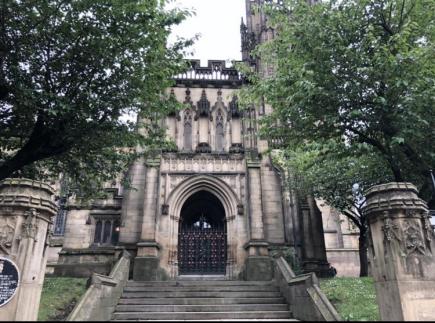
“We always joke that we started a film festival by mistake,” Steve Balshaw, Film Programmer at Grimmfest, said. “One night, we found ourselves speaking at a media event and, after one drink too many, announced that we were setting up a horror and genre film festival.”
“The big change we have seen during the years of running Grimmfest is that horror has become far more acceptable than it was when we started out,” Balshaw said. “We make sense of the world through stories – and the darker the times, the darker the stories we are drawn to tell.”
“There’s also something about Manchester itself which seems oddly suited to horror – some underlying threat of violence and danger lurking just below the surface of things.”
Simeon Halligan, Grimmfest Director, shot his horror feature film HABIT in Manchester’s Northern Quarter. Based on a novel of the same name by local author Stephen McGeagh, HABIT takes viewers on a disturbing journey into a dark subculture thriving in “neon-drenched dystopian Manchester.”
“HABIT reflects the Manchester I grew up in – it is one I recognise from the late 80s and 90s,” Halligan said. “The seedy northern quarter back-street locations used in the film are the last vestiges of what that part of Manchester used to look and feel like before it became a trendy hang out.
“The film takes an aspect of Manchester (the seedy underbelly) and imagines how extreme you could push that idea – could there be a subculture of human flesh eaters running the bars, clubs, and brothels of Manchester?
Each location in the book is based on an actual venue in Manchester – with filming locations including Paton Street and the iconic railway viaduct in Stockport.
“For me, HABIT is a horror-infused love letter to a side of Manchester that is quickly disappearing.”
